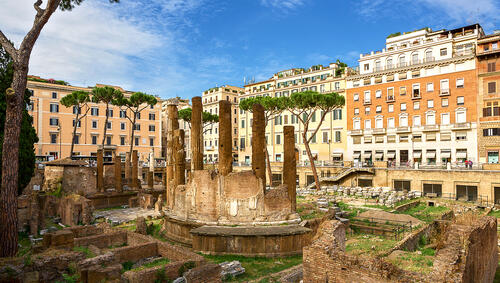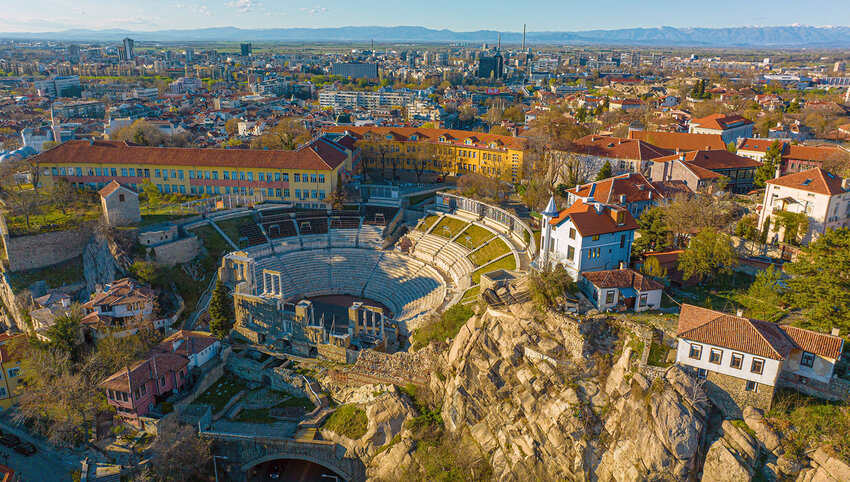With its rich history and idyllic Mediterranean climate, Rome is among the world’s most desirable vacation destinations. But while its highly popular landmarks, such as the Colosseum and Trevi Fountain, attract endless swarms of tourists, this Italian capital is home to a number of less frequented, yet equally fascinating sites that are just as worth exploring. The Eternal City has so many hidden gems to offer, so say goodbye to the crowds and venture off the beaten path instead. Here are six of the most unusual and lesser-known landmarks in Rome.
Quartiere Coppedè
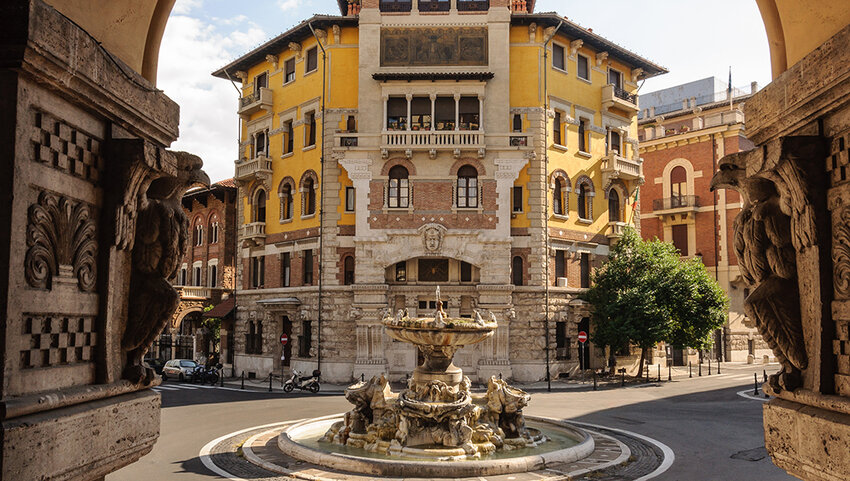
Tucked away in the northern part of the city, Quartiere Coppedè is an architecture lover’s dream, especially those who are fond of Art Nouveau. Architect Gino Coppedè — for whom the neighborhood is named — built this marvelous and uniquely conceptual district between 1919 and 1927, making it far from the oldest site to see in Rome. But for what the quarter lacks in history it more than makes up for with its unique blend of architectural styles, incorporating elements from the Ancient Greek, Roman Baroque, Mannerist, and Medieval styles to create a neighborhood unlike any other in Rome.
Quartiere Coppedè is composed of around 40 structures spanning upwards of 333,000 square feet. From the Fountain of the Frogs — which the Beatles are rumored to have jumped into back in 1965 — to Coppedè’s Archway, the neighborhood's picturesque structures are almost storybook in nature, and exist in stark contrast to the ancient Roman architecture found throughout the rest of the city. The Villino delle Fate (Fairy House) is particularly special, with an asymmetrical shape and several distinctive frescoes that make it stand out.
Largo di Torre Argentina
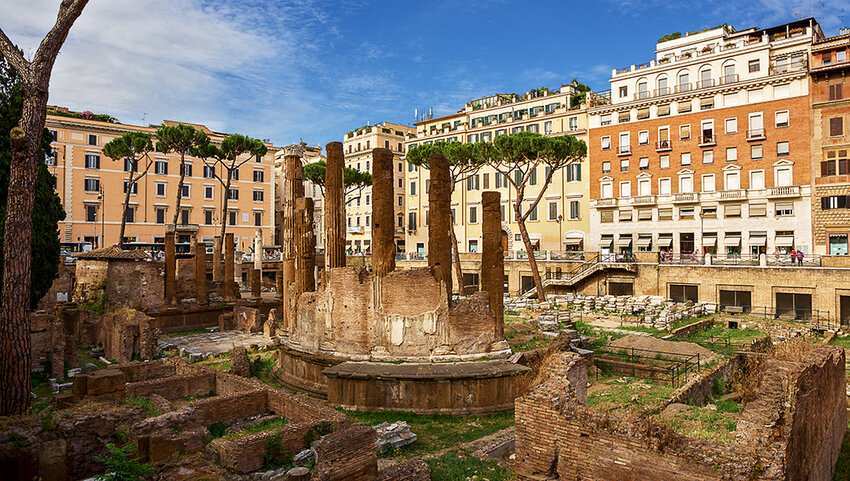
Just a few blocks south of the Pantheon exists an Area Sacra (sacred area) known as Largo di Torre Argentina. Upon first glance, these ruins may seem like any other, and it may be easy to pass them by en route to grander structures. But this site — home to the remnants of four temples from the early Roman Republic — is well worth the visit, as it’s said to be the location where Julius Caesar was assassinated in 44 BCE.
For many years, these ruins were covered by city development, until they were finally excavated in the late 1920s and preserved as a historic site. This singular city block was kept off-limits to tourists for many years, though the Area Sacra was recently revamped as an open-air museum dedicated to the legend of this historic spot. However, you don’t need to be a history buff to enjoy Largo di Torre Argentina, as it’s an animal lover’s dream as well. For decades, the ruins have been home to a local cat sanctuary where volunteers care for around 130 cats. These feline friends are known for sitting atop ancient pillars and basking in the sun, so be sure to visit and give them a belly scratch.
The Aventine Keyhole
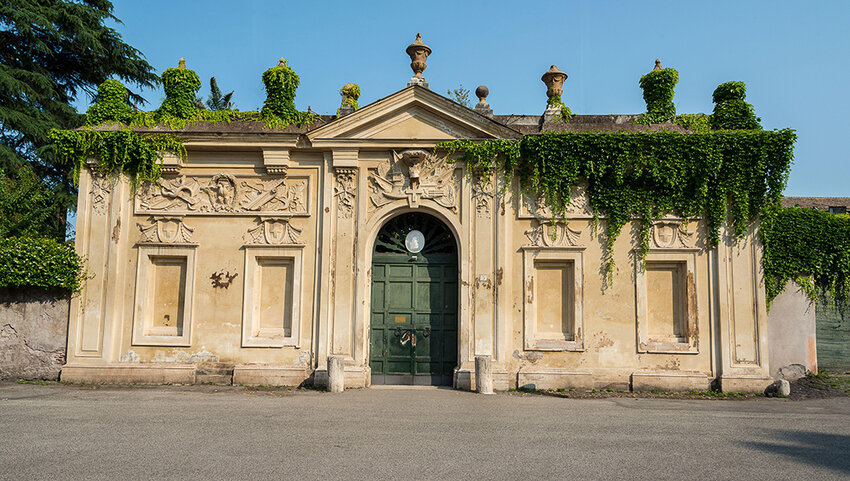
Despite the reputation that peepholes may have, there’s nothing sinister or scandalous about staring through the Aventine Keyhole. In fact, this easy-to-miss viewpoint offers one of the most unique views of Vatican City from anywhere in Rome. Located at the end of a cul-de-sac sits a small church known as the Santa Maria del Priorato. Attached to this church is a nondescript dark green door with a tiny hole drilled through, and all it takes is one look to understand why this keyhole is so special.
Upon gazing through the Aventine Keyhole, visitors can look out across the River Tiber toward the Vatican, which is perfectly framed by the church gardens. This unobstructed viewpoint is thanks to the keyhole being situated atop Aventine Hill, one of the seven ancient hills of Rome. This experience is hard to capture on camera, and is best seen in person using your own two eyes. Furthermore, you can book an appointment to tour the gardens themselves, adding even more beauty to the serene and scenic experience.
Capuchin Crypt
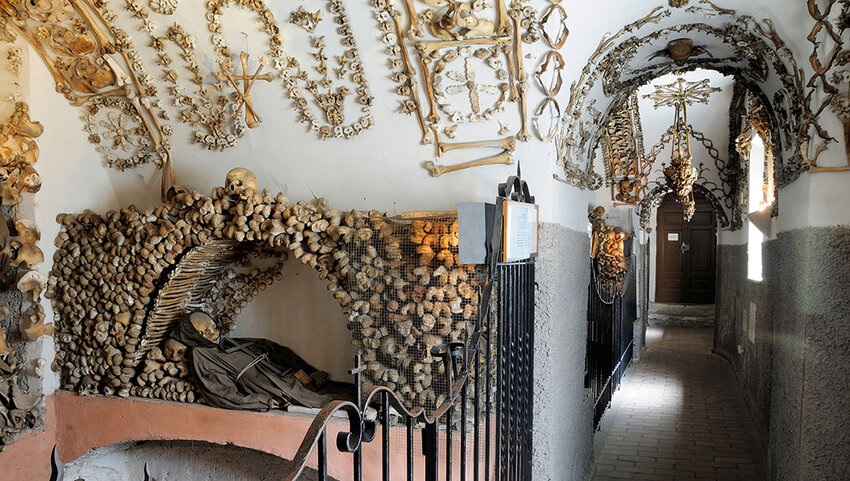
One of the eeriest spots anywhere in Rome is contained at a religious institution known as Santa Maria della Concezione. Here, visitors bear witness to a surreal and macabre display featuring the skeletons of over 4,000 Capuchin friars who lived from 1528 to 1870. This site is not for the faint of heart but is eminently fascinating.
The Capuchin Crypt was designed with great care, as the skeletons of the departed friars have been ornately displayed upon the walls in various artistic formations, meant to serve as a reminder of our mortality. The crypt has attracted many celebrity visitors over the years including Mark Twain, who wrote about the experience in his 1869 book Innocents Abroad, and the Marquis de Sade, the latter of whom said he had, “never seen anything so striking.”
Appian Way
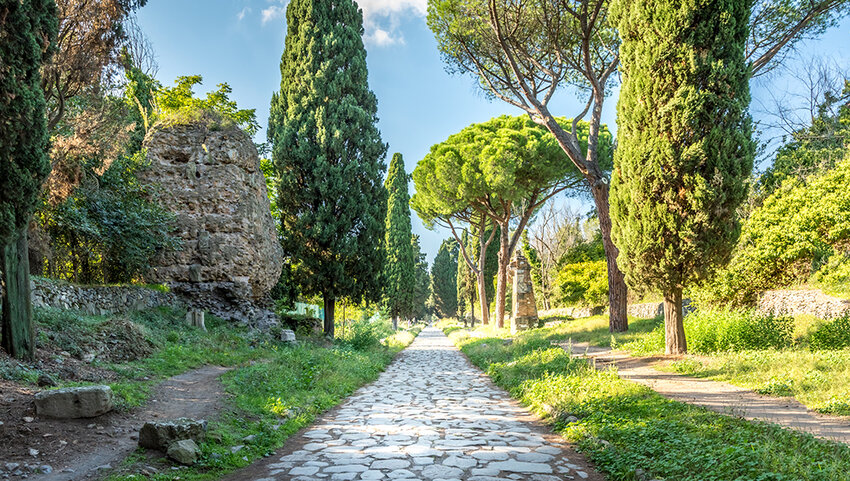
The Appian Way is a roadway that was first built in 312 BCE. This “queen of long-distance roads,” per the ancient Roman poet Statius, served as a valuable strategic means of transporting military equipment in ancient times, and served as an inspiration for many modern roadways. Now, however, the Appian Way no longer serves a militaristic purpose, but remains one of the most beautiful and historic strolls anyone can take in Rome.
Visitors can begin their trek by strolling through the ancient gates of the Aurelian Walls, a defensive fortification constructed in the 3rd century CE. This gate is just one of many ancient sites found along the path, which is lined with historic villas and defensive structures that once played a key role in Roman society. Furthermore, the Appian Way is home to a tiny church called Chiesa del Domine Quo Vadis, where St. Peter is said to have seen a vision of Jesus. Even if you’re not familiar with the history, the tree-lined cobblestone streets that make up portions of the Appian Way are some of the most picturesque sites anywhere in Rome.
Pyramid of Cestius
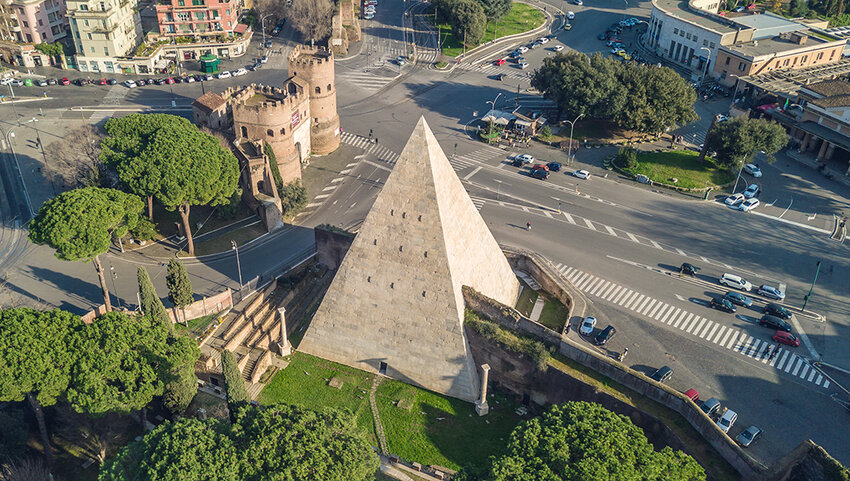
When you think of pyramids, your mind probably travels to ancient Egypt. But pyramids made their way to Italy as well. Shortly after the Romans conquered Egypt in 30 BCE, Egyptomanian architecture took Rome by storm. Though many obelisks were built throughout the city only two pyramids were constructed during this time, and only one remains today: the Pyramid of Cestius.
Dating to around 18 BCE, this 120-foot-tall structure boasts a steeper slope and sharper apex than many ancient pyramids. Upon its completion, it served as the tomb of Gaius Cestius Epulo, a man about whom little is known. But despite the man’s mysterious legacy, the pyramid remains a fascinating site, with tours of the interior offered on four mornings every month. While the surrounding neighborhood has been overtaken by traffic-filled streets and apartment complexes, this pyramid uniquely redefines the neighborhood’s skyline, serving as a reminder of Rome’s rich and complex history.

